Blow your mind with these easy and amazing gravity experiments!
Do you need a creative and engaging way to introduce students to the idea of gravity? Look not more than this collection of gravity experiments that students and teachers can perform in the classroom.
We’ve assembled a variety of experiments suitable for different age groups, covering concepts such as gravitational force, mass, weight, and free-fall motion. These hands-on, enlightening activities will not only help you grasp the fundamental principles of gravity but also ignite a lifelong fascination with physics.
1. Gravity-Defying Water Experiment
Students can learn more about the concepts of surface tension and the effects of gravity on liquids while having fun and being creative by trying out the gravity-defying water experiment.
2. Finding the Center of Gravity
The finding of the center of gravity experiment is an excellent way to introduce kids to the concept of balance and gravitational laws. These experiments also provide students with practical experience in learning the significance of the center of gravity in determining an object’s stability.
3. Anti-Gravity Galaxy in a Bottle

The anti-gravity galaxy in a bottle experiment is an engaging and innovative way to introduce children to the concepts of density and liquid characteristics.
Students can create a container that appears to defy gravity and gives the appearance of a galaxy by filling it with a vibrant mixture of glitter, oil, and water.
Learn more: Anti-Gravity Galaxy in a Bottle
4. Pool Noodle Marble Run
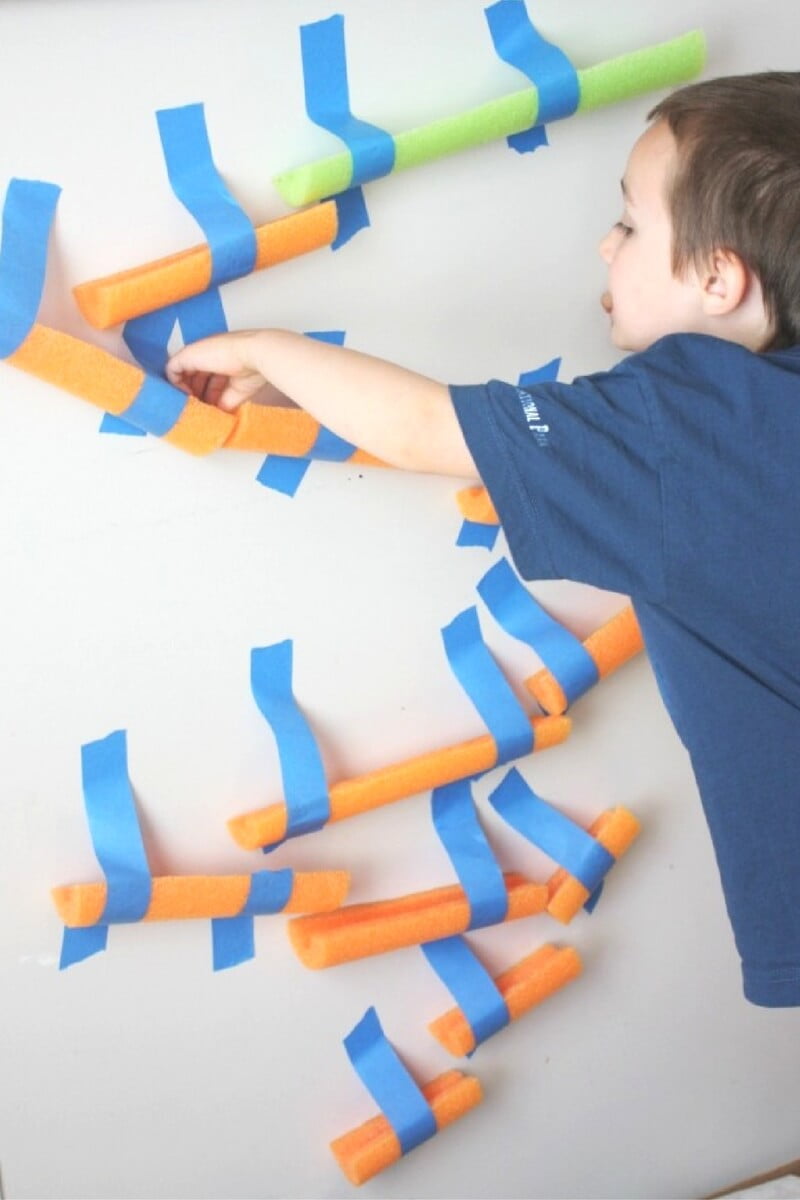
The pool noodle marble run gravity experiment is a fun and engaging way to teach students about the properties of gravity and motion.
In this experiment, students will create a track made from pool noodles and other materials to guide a marble as it travels from the top of the track to the bottom.
Learn more: Make a Pool Noodle Marble Run for Kids
5. Gravity Water Cup Drop
The water cup drop experiment teaches students about the laws of gravity and the effects of air resistance on falling items in a simple yet entertaining way. Students will perform this experiment by dropping a cup of water from a height and watching it fall.
6. Balloon Gravity Experiments
A creative and entertaining way to teach students about the force of gravity and its effects on objects is through the balloon gravity experiment.
By trying out these experiments, students can improve their problem-solving and critical-thinking skills while also learning more about the fundamentals of science.
7. DIY Balance Scales
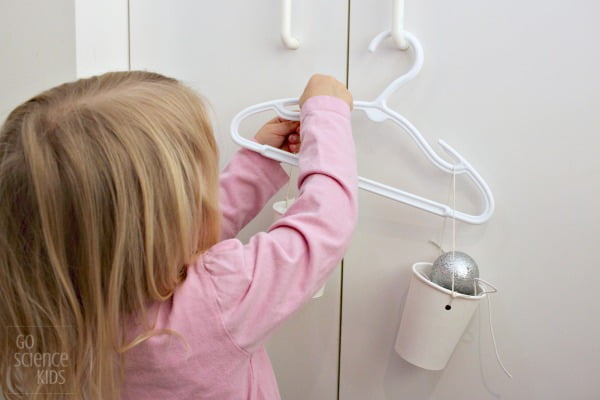
Making your own balancing scales is a creative and engaging approach to introduce pupils to the ideas of stability and balance. Students can improve their sense of balance and coordination by carefully arranging the objects in this activity and adjusting their position and orientation.
Learn more: DIY Balance Scales
8. How to Make a Bottle Rocket
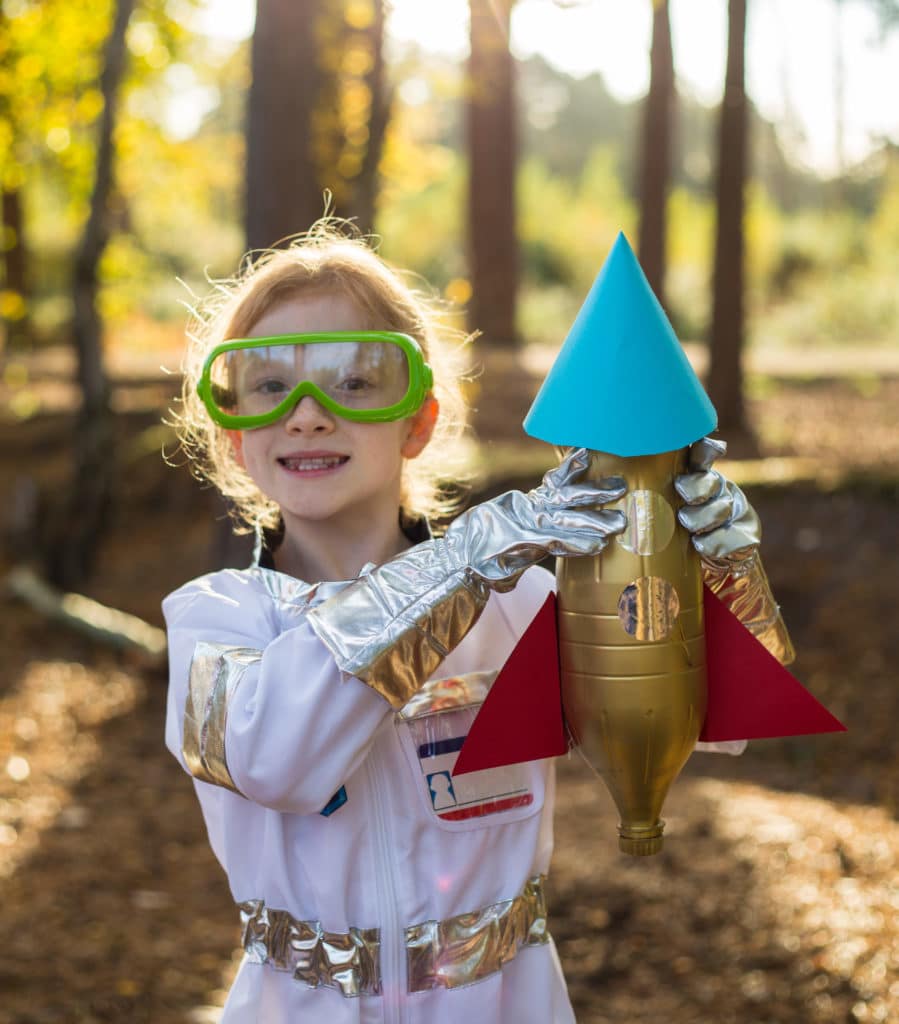
Making a bottle rocket for a gravity experiment is a fun and educational approach to teach students about the laws of physics and how gravity affects moving things. Students will use a plastic bottle, water, and pressured air to design and build a rocket during this project.
Learn more: How to Make a Bottle Rocket
9. Parachute Egg Drop Experiment
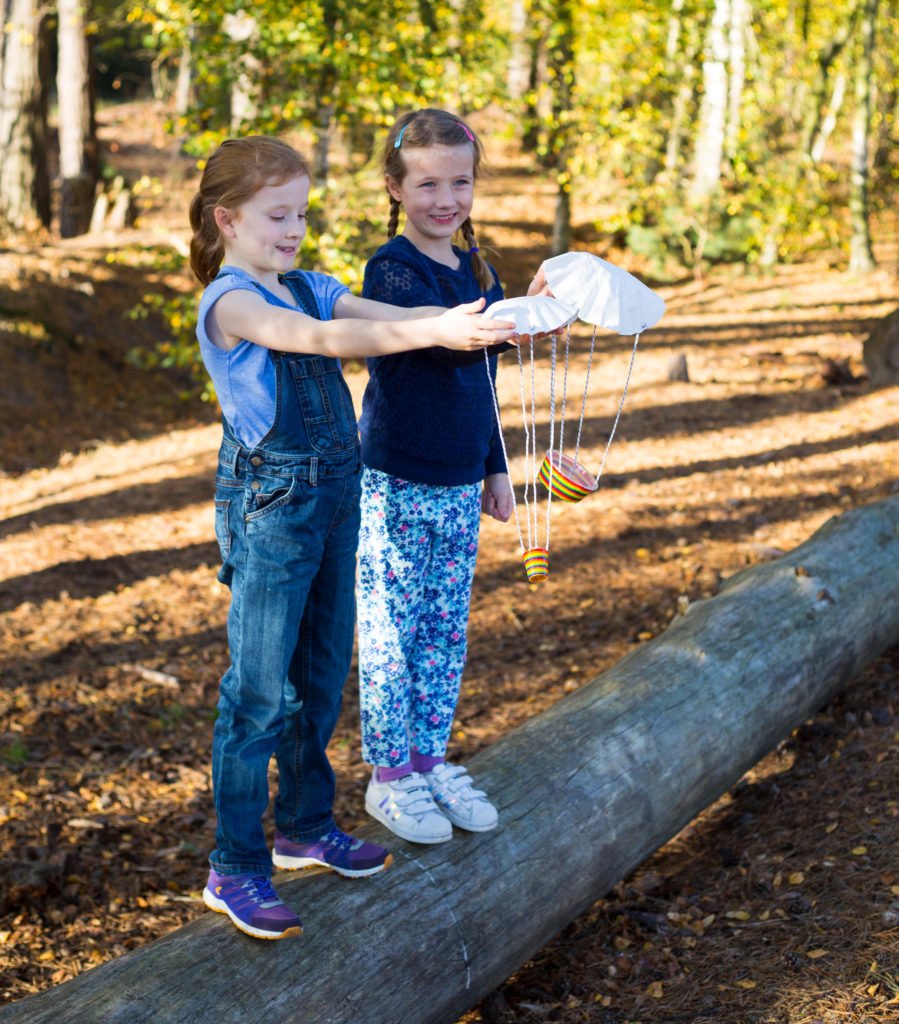
A fun and instructive technique to teach students about the fundamentals of physics and the science of aerodynamics is to try the parachute egg drop experiment. Students will design and build a parachute for this project.
This activity is a great bonus to any scientific curriculum because it is suited to different age groups and ability levels.
Learn more: Parachute Egg Drop Experiment
10. Putting Together the Gravity
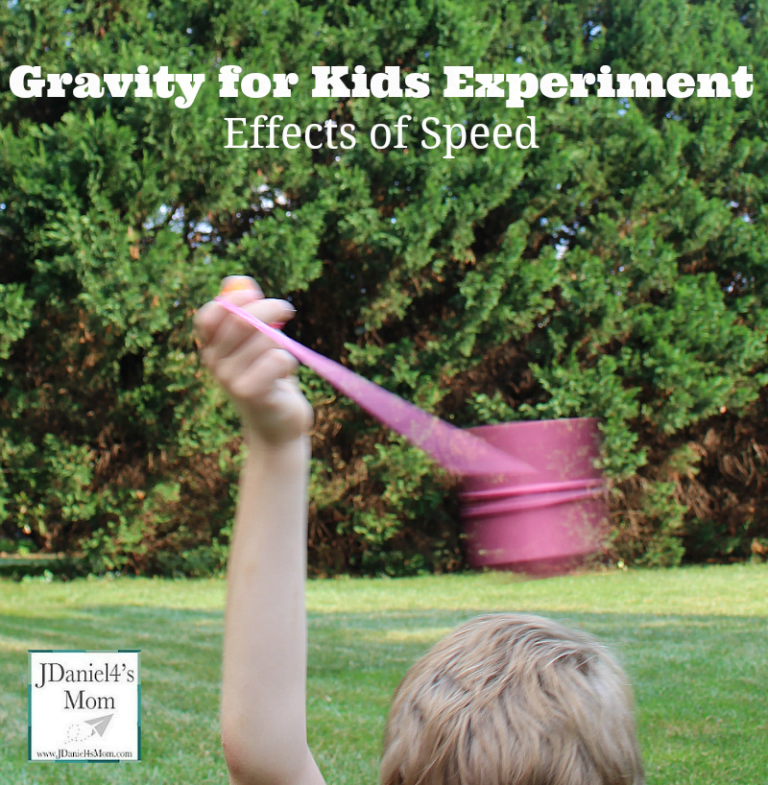
Putting together the gravity experiment is an exciting and educational way to teach students about the fundamental principles of physics and gravity.
In this experiment, students will design and create a setup that demonstrates the effects of gravity on different objects.
Learn more: Putting Together the Gravity

